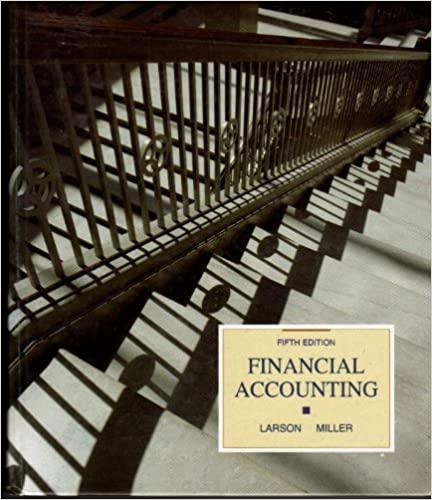Hank Seta graduated from college, completed his internship, and on May 1 of the current year began
Question:
Hank Seta graduated from college, completed his internship, and on May 1 of the current year began an architectural practice by investing \(\$ 6,000\) in the practice. Financial statements for the business will be prepared at the end of each month. The following transactions occurred during May.
May 1 Rented the office and equipment of an architect who was retiring, paying \(\$ 1,500\) cash for May's rent.
1 Paid \$180 for janitorial expense during May.
2 Purchased drafting supplies for cash, \(\$ 50\).
4 Completed an architectural assignment for a client and immediately collected \(\$ 2,600\) cash for the work done.
7 Purchased additional drafting supplies on credit, \(\$ 160\).
9 Completed architectural work for Apex Contractors on credit, \(\$ 1,500\).
15 Paid the draftsman's salary for May 1-15, \(\$ 800\).
16 Paid for the drafting supplies purchased on May 7.
19 Received payment in full from Apex Contractors for the work completed on May 9.
May 21 Completed architectural work for Wright Realtors on credit, \(\$ 1,100\).
25 Purchased additional drafting supplies on credit, \(\$ 150\).
30 Completed additional architectural work for Apex Contractors on credit, \(\$ 1,050\).
31 Paid the draftsman's salary for May 16-31, \(\$ 800\).
31 Paid the May telephone bill, \(\$ 50\).
31 Paid the May electric bill, \(\$ 185\).
31 Purchased liability insurance protection for the next year (beginning June 1) by paying a premium of \(\$ 2,000\). Since none of this insurance protection had been used up on May 31, it was at that time an asset called Prepaid Insurance.
31 Mr. Seta withdrew \(\$ 1,700\) from the business's checking account to pay for some personal items.
\section*{Required}
1. Arrange the following asset, liability, and owner's equity titles in an equation like Illustration 1-8: Cash; Accounts Receivable; Prepaid Insurance; Drafting Supplies; Accounts Payable; and Hank Seta, Capital. Include an Explanations column for changes in owner's equity.
2. Show the effects of the transactions on the elements of the equation by recording increases and decreases in the appropriate columns. Indicate an increase with a + and a decrease with a - before the amount. Do not determine new totals for the items of the equation after each transaction.
3. After recording the last transaction, determine and enter on the next line the final total for each item and determine if the equation is in balance.
4. Analyze the items in the last column of the equation and prepare a May income statement for the practice.
5. Prepare a May statement of changes in owner's equity.
6. Prepare a May 31 balance sheet.
Problem 1-5A Calculating financial statement amounts (L.O. 5)
Step by Step Answer:






